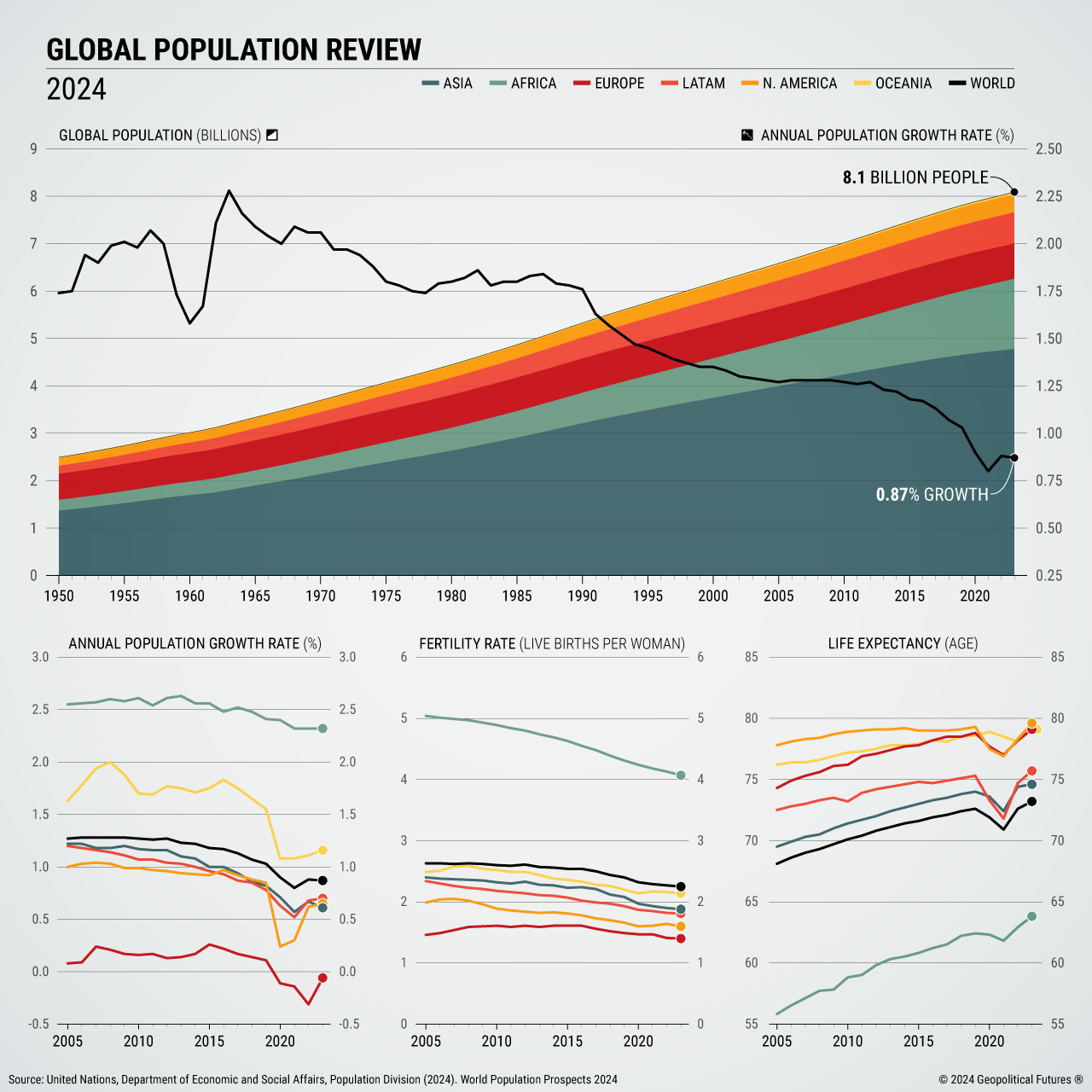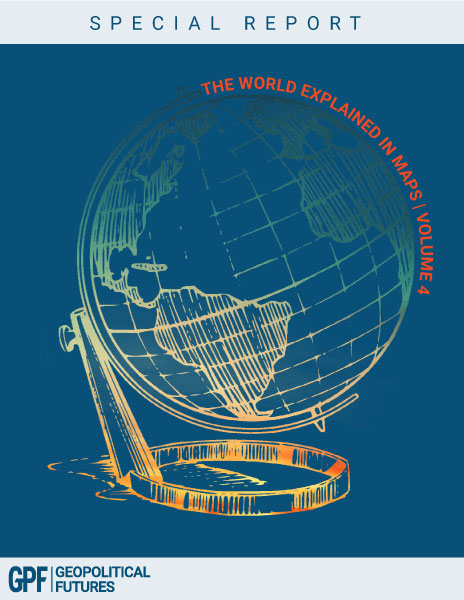The latest edition of the U.N. World Population Prospects covers changes in demographic data after the COVID-19 pandemic. Life expectancy is rising, contributing to population growth, especially in developed countries. Despite falling fertility rates globally – down by one child per woman on average since 1990 – migration now plays a key role in sustaining population levels, particularly in developed regions. Increased international migration, driven by eased COVID-19 restrictions and geopolitical instability, is crucial for maintaining population size in many European and North American countries.
But while immigration helps the economy, it also risks social friction due to cultural clashes, forcing governments to balance the need for population growth with potential public resistance. Developed nations face tough decisions about supporting or limiting migration as other demographic solutions dwindle.





